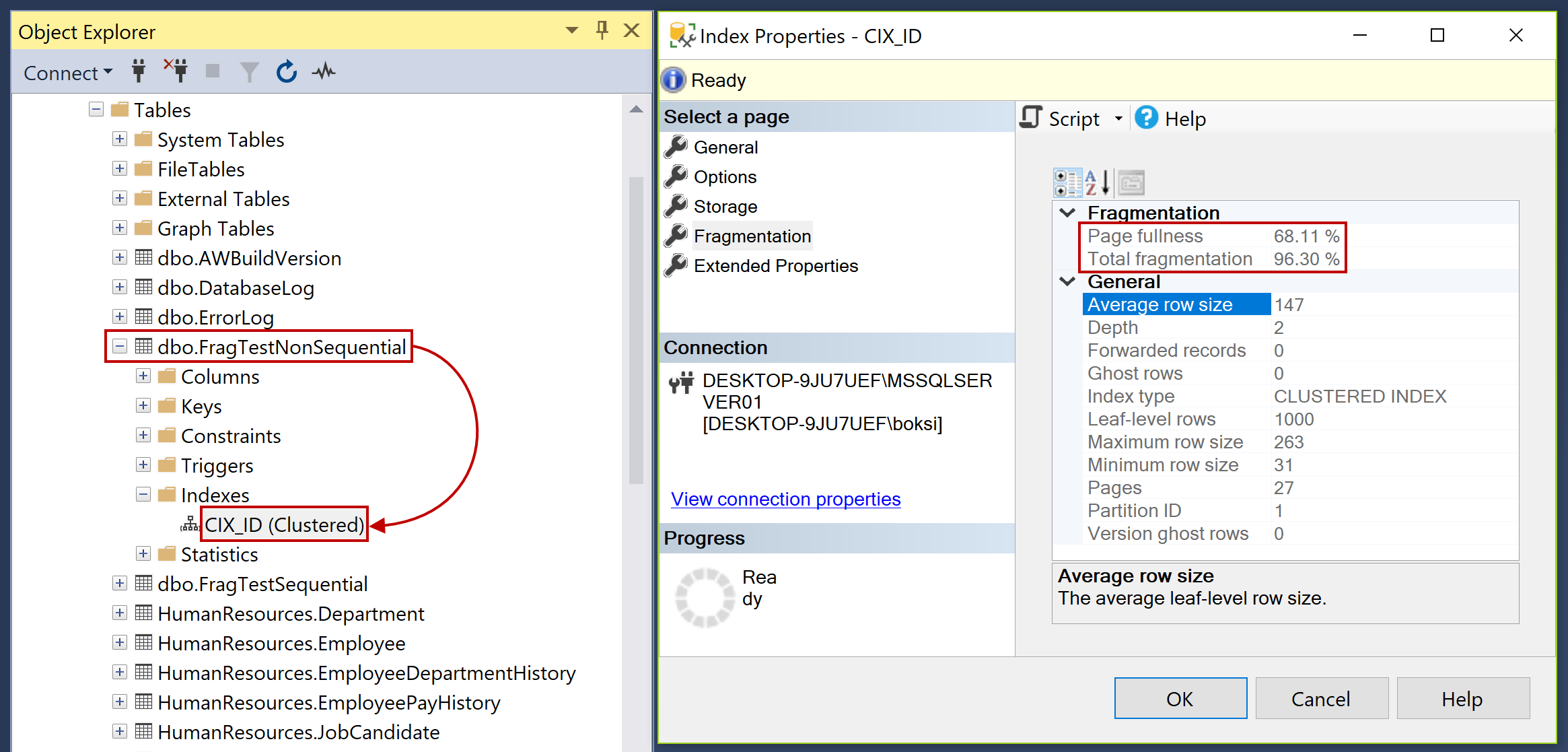Database Index Maintenance: Keeping Your Database Healthy and Optimized
Database index maintenance is a crucial aspect of database management that often gets overlooked. Sure, setting up indexes on your database tables can greatly improve query performance, but that’s not the end of the story. Regularly maintaining those indexes is equally important to ensure that your database remains healthy and optimized.
So, what exactly is database index maintenance, and why is it so important? In this article, we’ll dive deep into the world of database indexes and explore the best practices for keeping them in top shape.
What are Database Indexes?
Before we delve into the specifics of index maintenance, let’s take a step back and understand what database indexes are and why they are essential. In simple terms, an index is a data structure that helps retrieve data from a database table more efficiently.
Think of an index as a roadmap or a guide that helps the database engine quickly locate the rows that match a certain condition in a query. Without indexes, the database would have to scan through every row in a table to find the data you are looking for, which can be time-consuming and inefficient.
By creating indexes on the columns frequently used in queries, you can significantly speed up the data retrieval process and improve overall query performance. However, creating indexes is just the first step. To ensure that they continue to deliver optimal performance, you need to maintain them regularly.
The Importance of Index Maintenance
Imagine you have a well-organized library with thousands of books neatly arranged on shelves. Over time, as books are borrowed and returned, the shelves may become disorganized, making it challenging to find the book you need quickly.
Database indexes work in a similar way. As data is added, modified, and deleted from a database table, the indexes can become fragmented or outdated. This can degrade query performance and cause delays in data retrieval.
By regularly maintaining your database indexes, you can ensure that they remain organized and up-to-date. This involves tasks such as reorganizing index pages, updating index statistics, and rebuilding indexes when necessary. By staying on top of index maintenance, you can prevent performance issues and keep your database running smoothly.
Best Practices for Index Maintenance
Now that we understand the importance of index maintenance, let’s explore some best practices for keeping your database indexes in top condition:
- Regularly monitor index performance and identify any issues
- Update index statistics to reflect changes in data distribution
- Rebuild or reorganize indexes based on fragmentation levels
- Consider using automated index maintenance tools for large databases
By following these best practices, you can ensure that your database indexes remain efficient and effective, enabling your database to handle queries quickly and effectively.
Database index maintenance may not be the most glamorous task, but it is essential for keeping your database running smoothly and efficiently. By taking the time to regularly maintain your indexes, you can prevent performance issues and ensure that your database continues to perform at its best.
